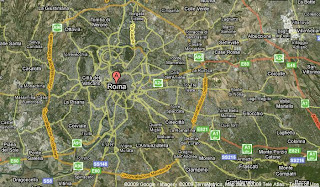Ultrasound studies
>> Wednesday, July 22, 2009
The first routine examination of the fetus by ultrasound is
usually performed at the gestational age of 12 weeks. The
gestational age is confirmed and anomalies of the central
nervous system or cystic hygromas may be detected. A further
scan at 18–24 weeks may detect anomalies of the central nervous
system, heart, kidneys, intestinal tract, and skeleton. Signs which
suggest a chromosome abnormality include choroid plexus
cysts, echogenic cardiac foci, renal pelvic dilatation or echogenic
bowel. They occur in approximately 1: 250 pregnancies and are
associated with a 1: 300 risk of a chromosome abnormality.
These isolated signs in the presence of normal serum screening
probably do not merit the fetal risks of amniocentesis but full
discussion is necessary and the patient may still opt for
karyotyping to be performed. Mothers with a family history of
congenital heart disease should be offered a detailed cardiac
ultrasound scan at 18–24 weeks as the risk of the fetus having a
heart problem is 3–5%. The consultant obstetrician, ideally with
the paediatrician, should discuss the diagnosis and prognosis of
an anomaly with both parents. Termination of the pregnancy
may need to be considered or serial ultrasound examination
performed during the pregnancy and in the neonatal period.
Ultrasound guidance is used in taking samples of the
amniotic fluid (amniocentesis) and in selected centres it has
been used to take blood samples from the umbilical cord
(cordocentesis) and to give blood transfusion by that route.
The samples can be used in gene probe techniques, enzyme
estimation, and chromosome studies. In rhesus incompatibility
a low haematocrit in the cord blood indicates the need for fetal
transfusion.















